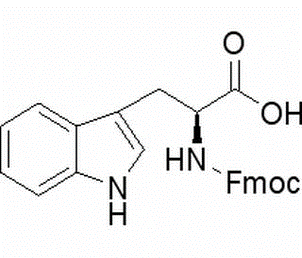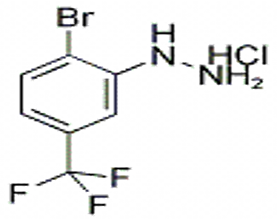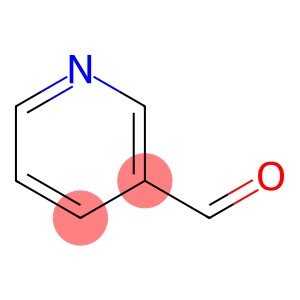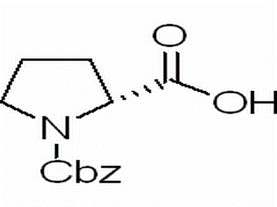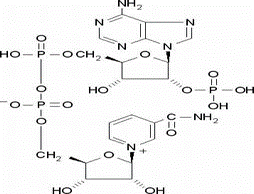D-2-Aminobutanol(CAS# 5856-63-3)
| Hazard Symbols | C – Corrosive |
| Risk Codes | R34 – Causes burns R37 – Irritating to the respiratory system R22 – Harmful if swallowed |
| Safety Description | S26 – In case of contact with eyes, rinse immediately with plenty of water and seek medical advice. S36/37/39 – Wear suitable protective clothing, gloves and eye/face protection. S45 – In case of accident or if you feel unwell, seek medical advice immediately (show the label whenever possible.) |
| UN IDs | UN 2735 8/PG 3 |
| WGK Germany | 3 |
| TSCA | Yes |
| HS Code | 29221990 |
| Hazard Note | Corrosive |
| Hazard Class | 8 |
| Packing Group | III |
Introduction
(R)-(-)-2-amino-1-butanol, also known as (R)-1-butanol, is a chiral compound. It has certain physicochemical properties and biological activity.
Quality:
(R)-(-)-2-amino-1-butanol is a colorless to yellowish, oily liquid. It has a special odor and is soluble in water and many organic solvents. The refractive index of this compound is 1.481.
Use:
(R)-(-)-2-amino-1-butanol has a wide range of applications in the field of pharmacy. It can also be used as a solvent in organic synthesis reactions.
Method:
The preparation method of (R)-(-)-2-amino-1-butanol can be achieved by the dehydration reaction of chiral butanol. A common method is to obtain (R)-(-)-2-amino-1-butanol by reacting it with ammonia and then dehydrating it to obtain (R)-(-)-2-amino-1-butanol.
Safety Information:
(R)-(-)-2-amino-1-butanol is irritating and may cause irritation to the eyes, skin, and respiratory tract. When using or touching, protective measures should be taken to avoid direct contact. It should be used in a well-ventilated area and avoid inhaling its vapors. When handling this compound, the relevant safety operating procedures should be followed. In case of accidental contact or inhalation, seek medical attention immediately.



